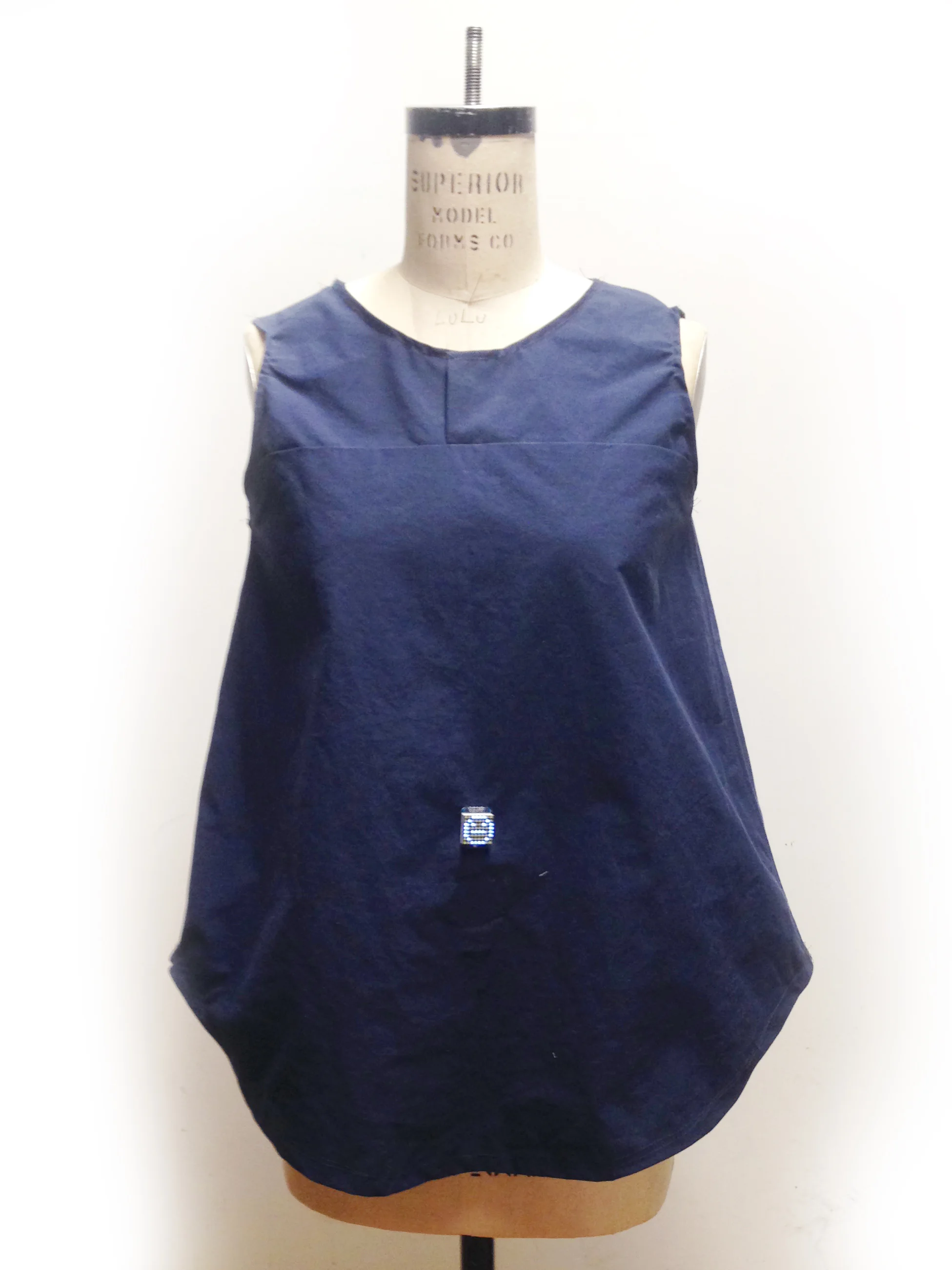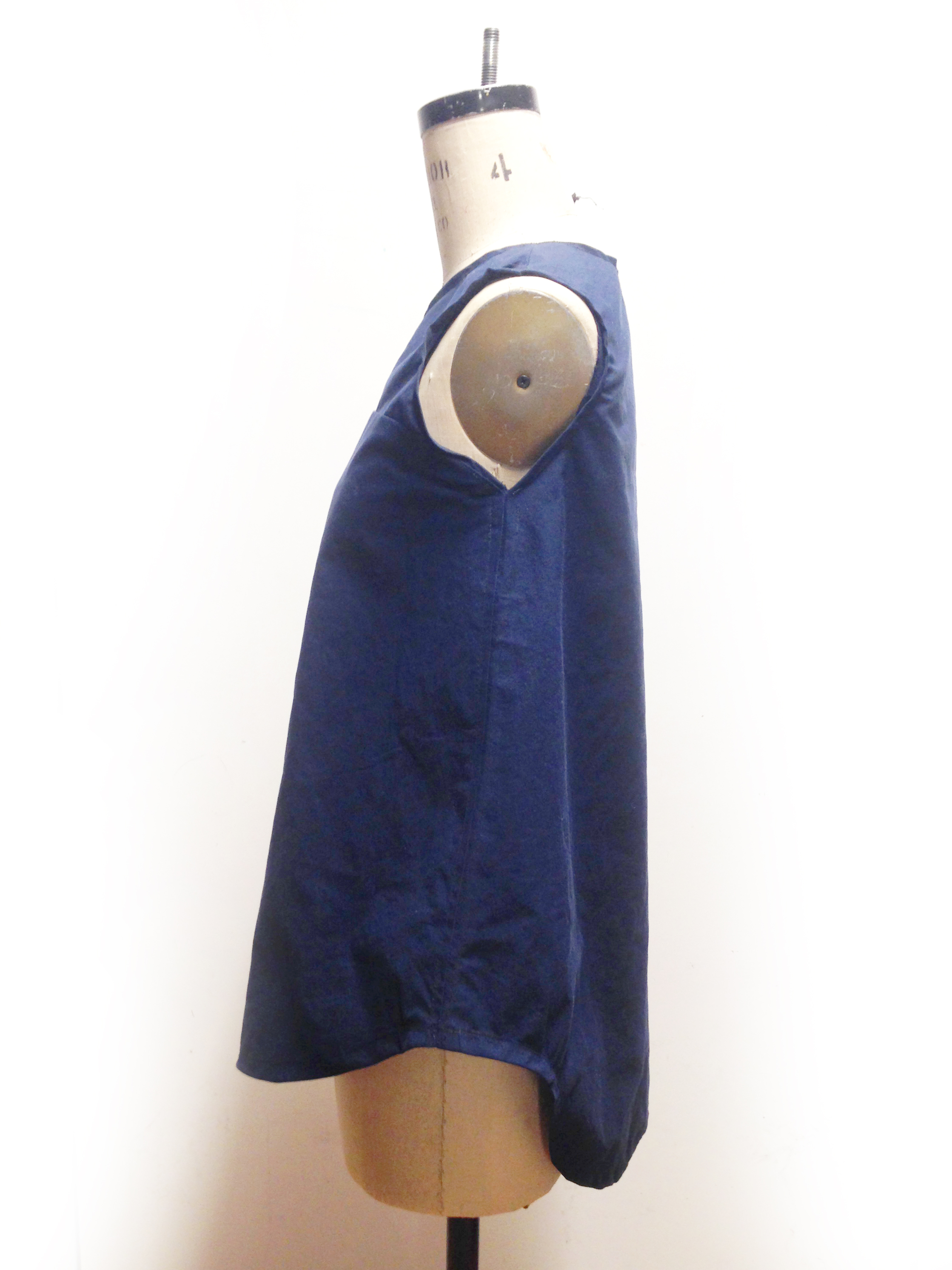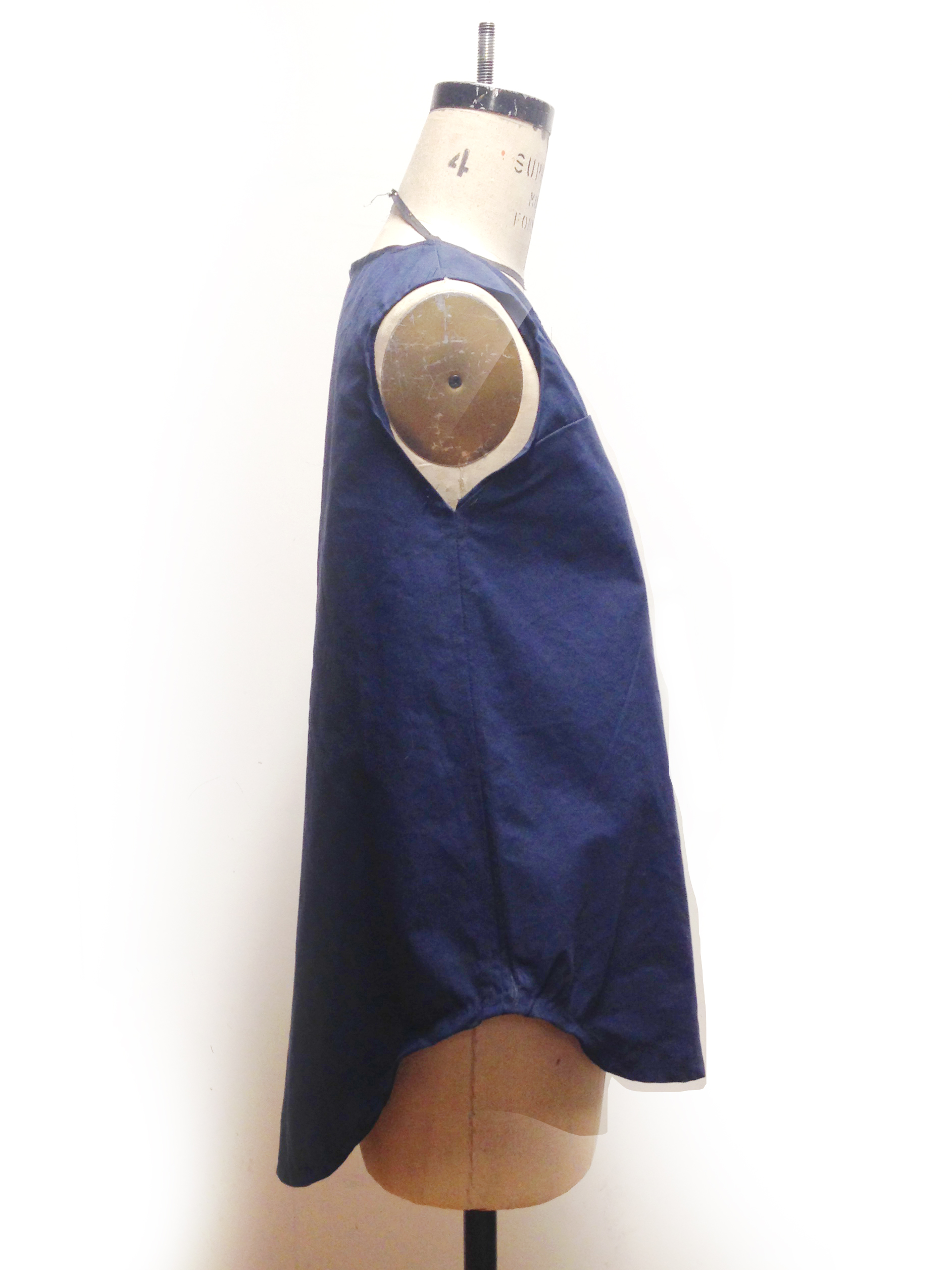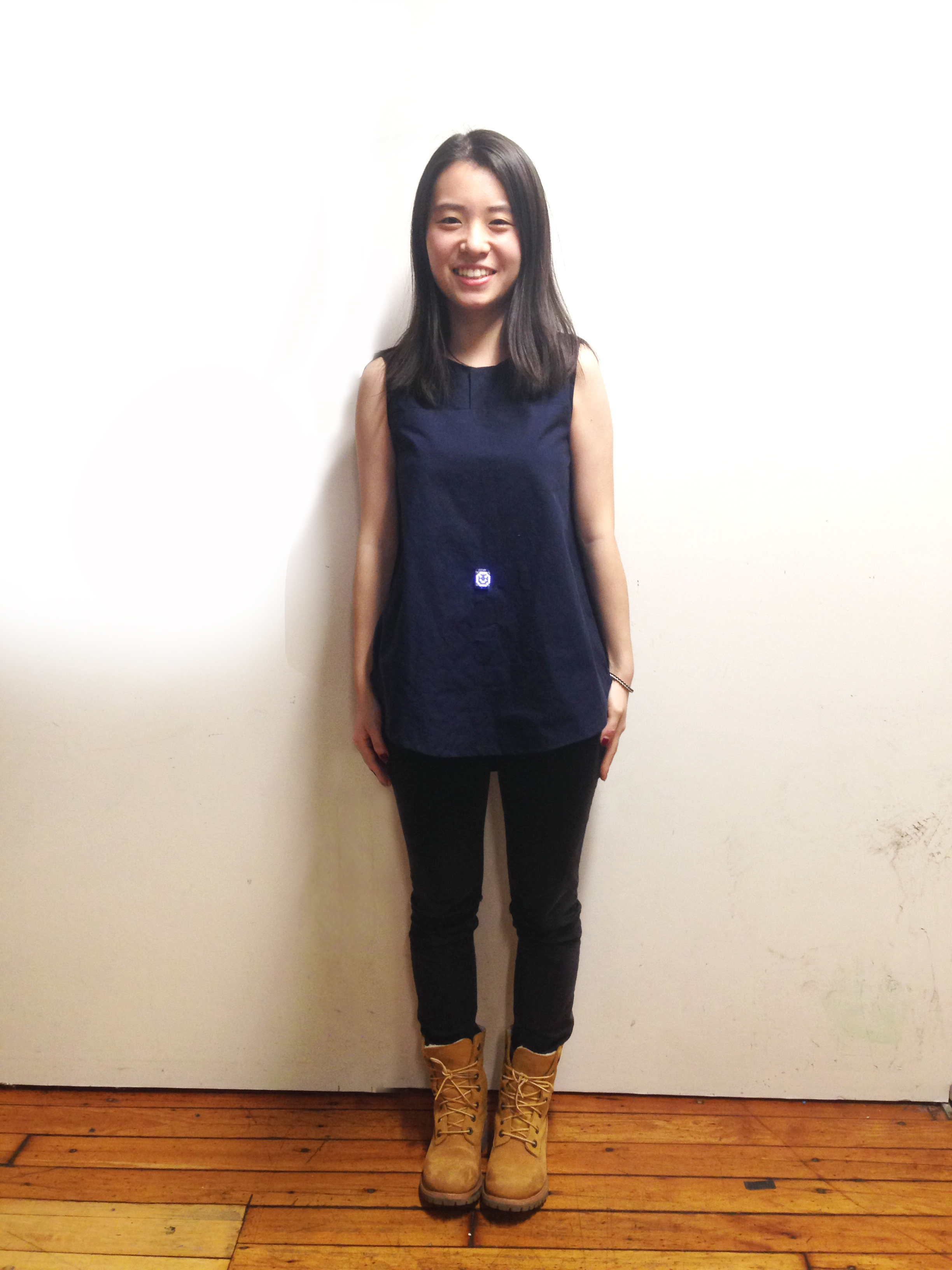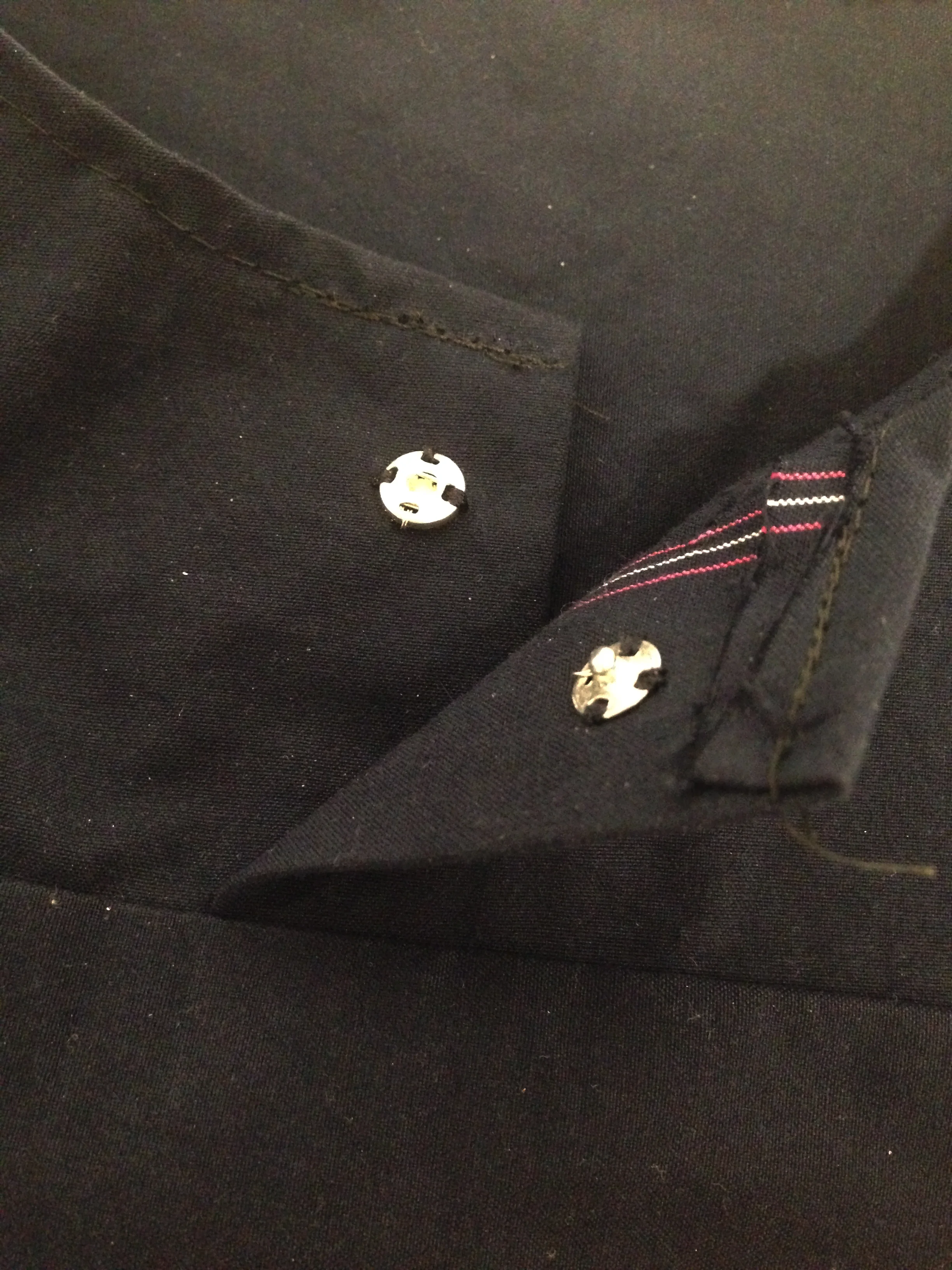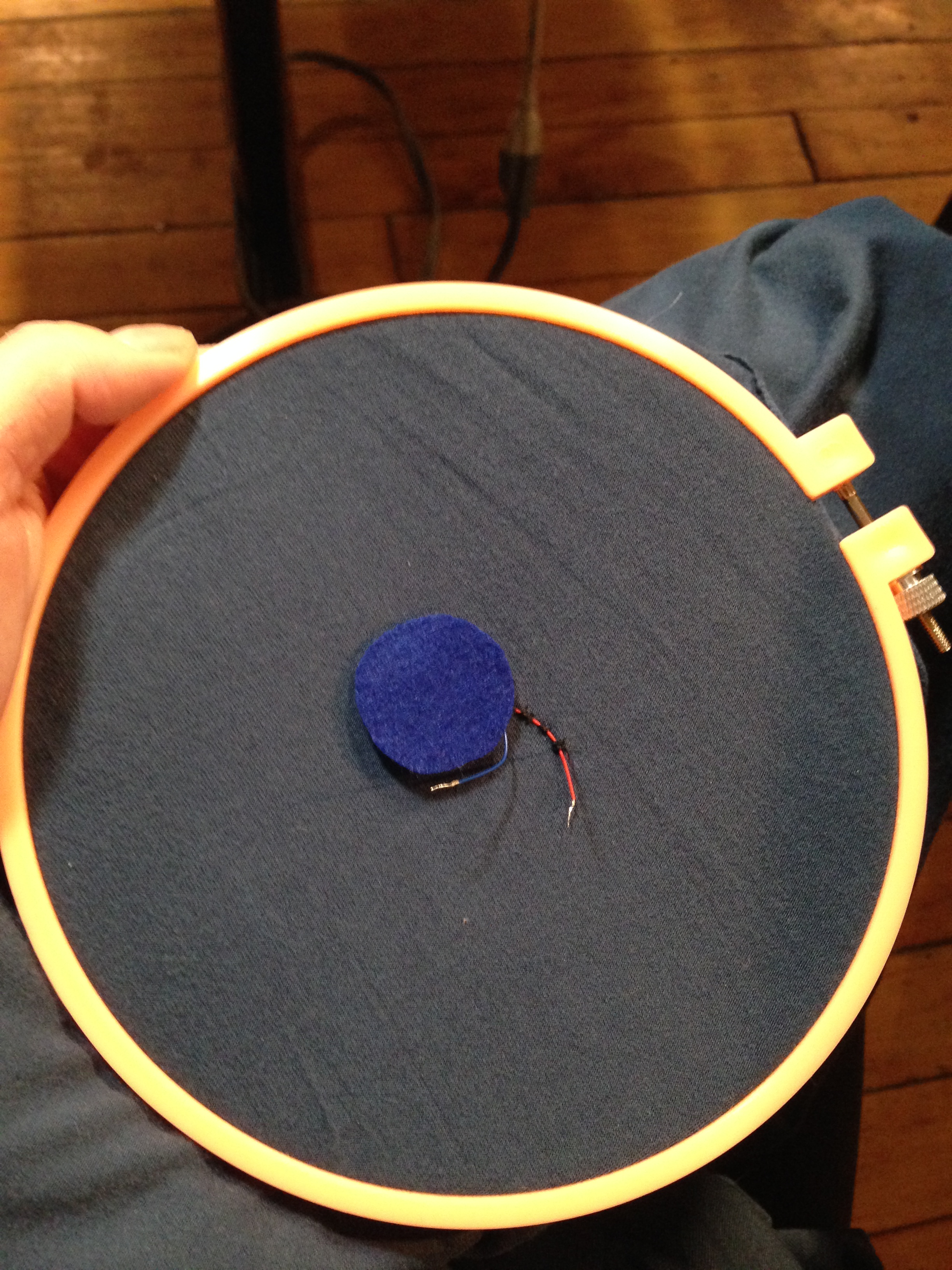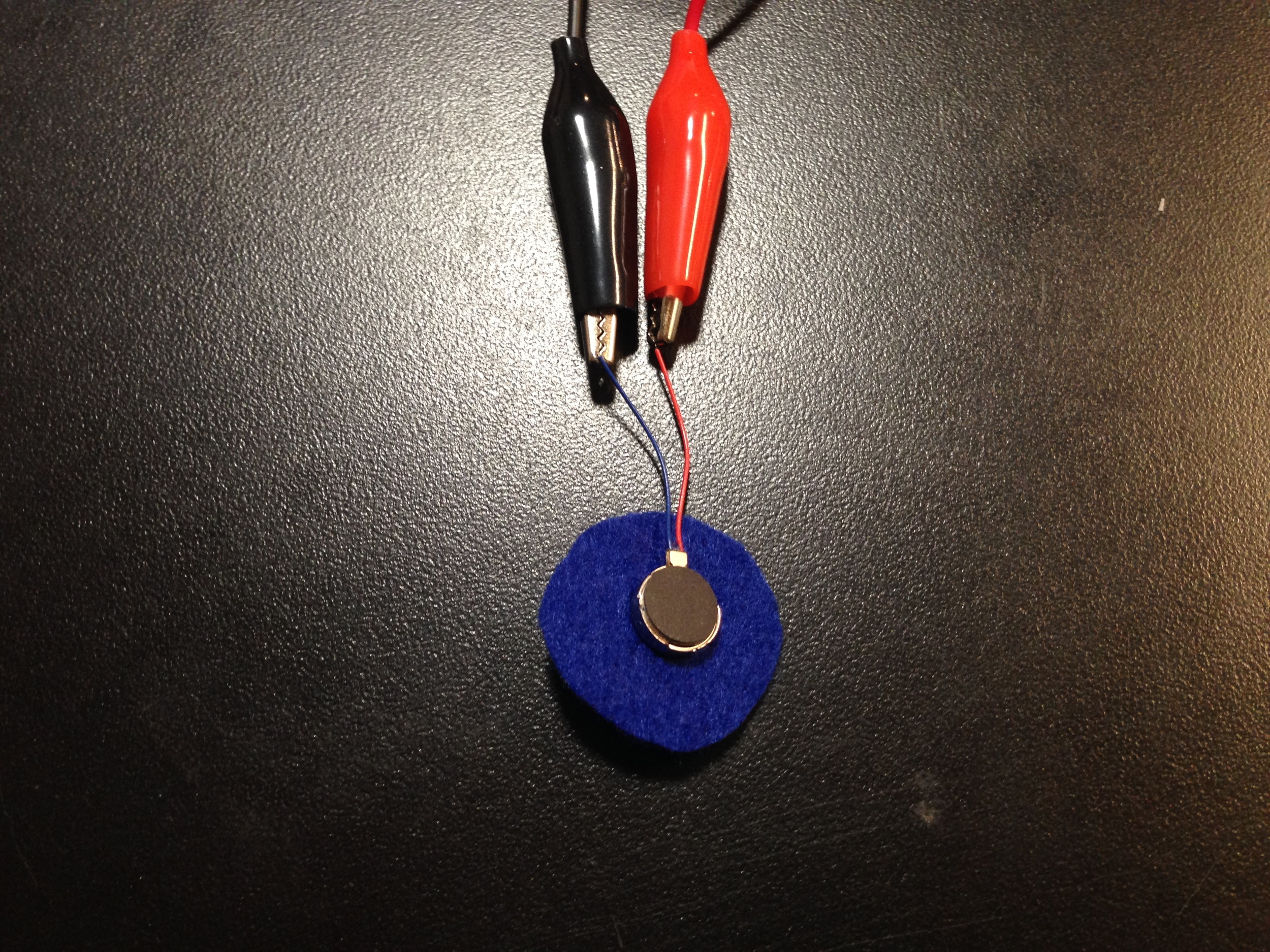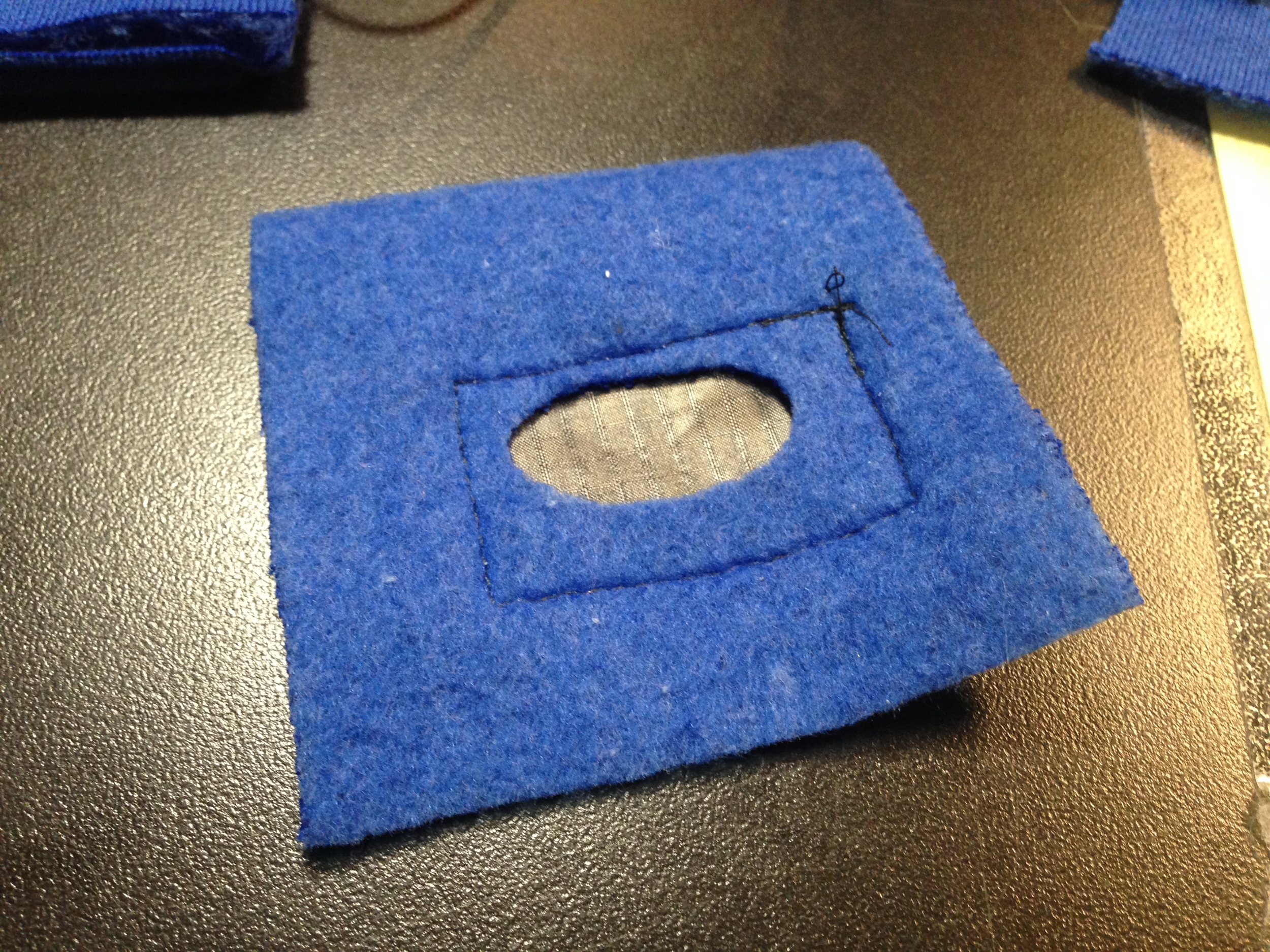Making Sense of Wearables
Here's projects I did for Making Sense of Wearables course in ITP. The course is instructed by Despina Papadopoulos. Every week we talk about a different topic and create a wearable project based on the topic. Following are the projects I did weekly, and most of them are my experiments with different wearable objects, materials and soft circuits. All of the prototypes are made by myself.
Green Screen Dress
Topic: Identity
I got the idea from people often want to behave differently in different social network medias. So if people wears a green dress, the dress will act as a green screen, and change the content of dress in cameras. In this way, users can chose what dress they wear in the photo according to which SNS they are going to post them.
Navigation Band
Topic: Space
When we are walking on the street, normally we check google maps on our phones, but keep staring at the phone will distract our attention to the vehicles on the street. I came up with the idea that using a band with a LED matrix and a vibration motor on it. When it receives a new serial data, it vibrates to let the user check the LED matrix. The LED matrix shows directions. In this way, the user do not need to keep looking at the phone all the time. He/She can check the band only when it vibrates.
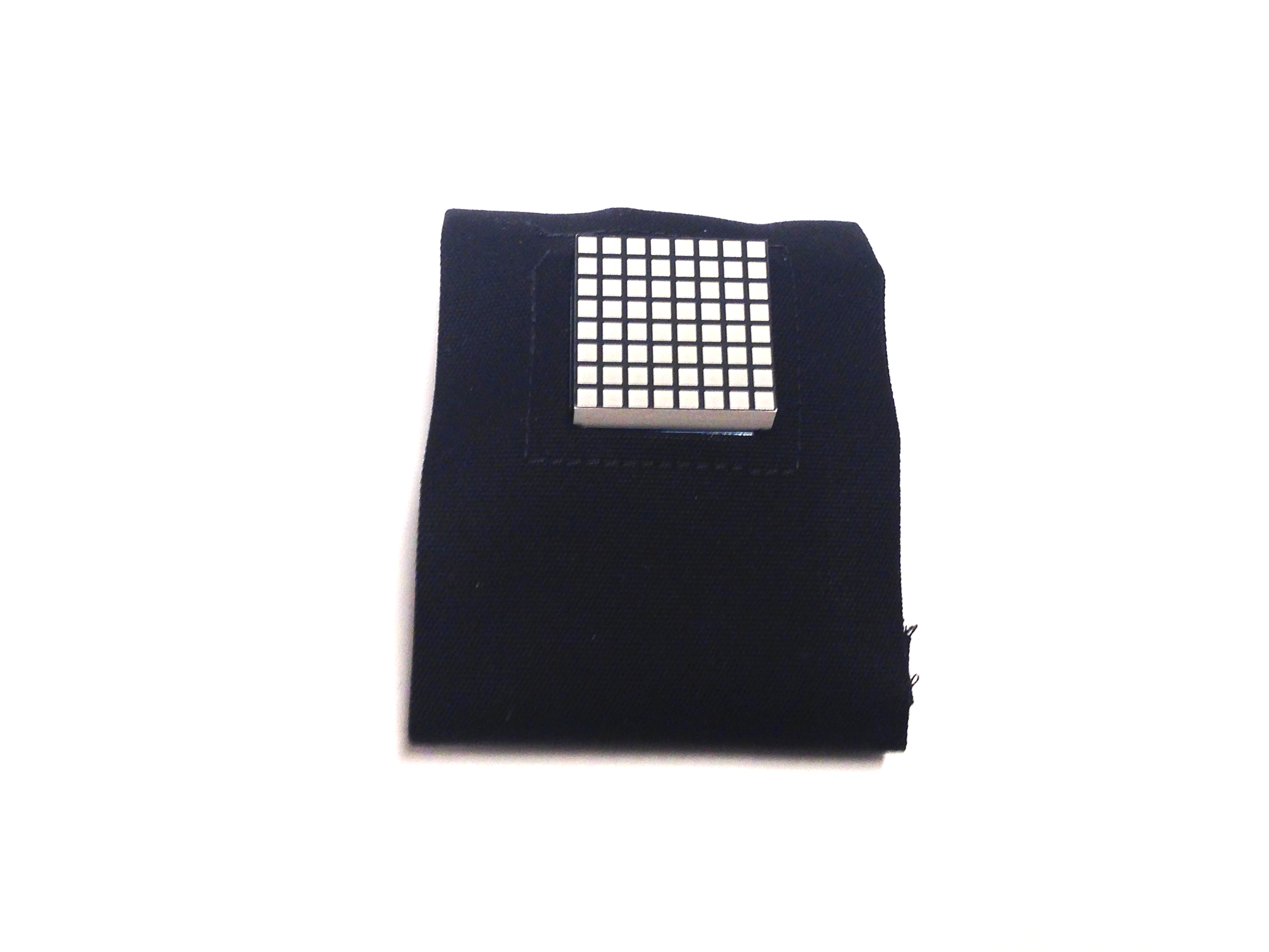
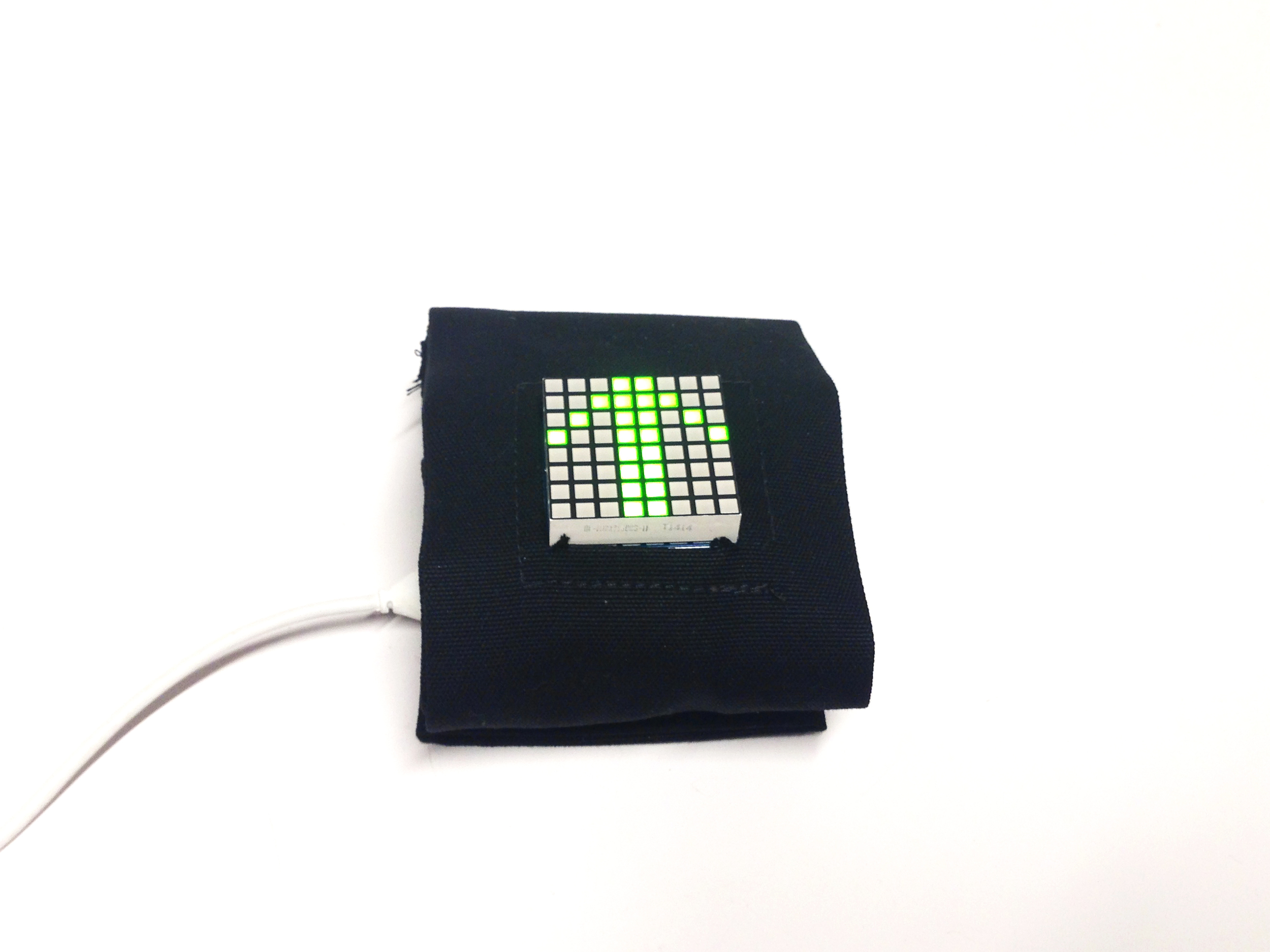

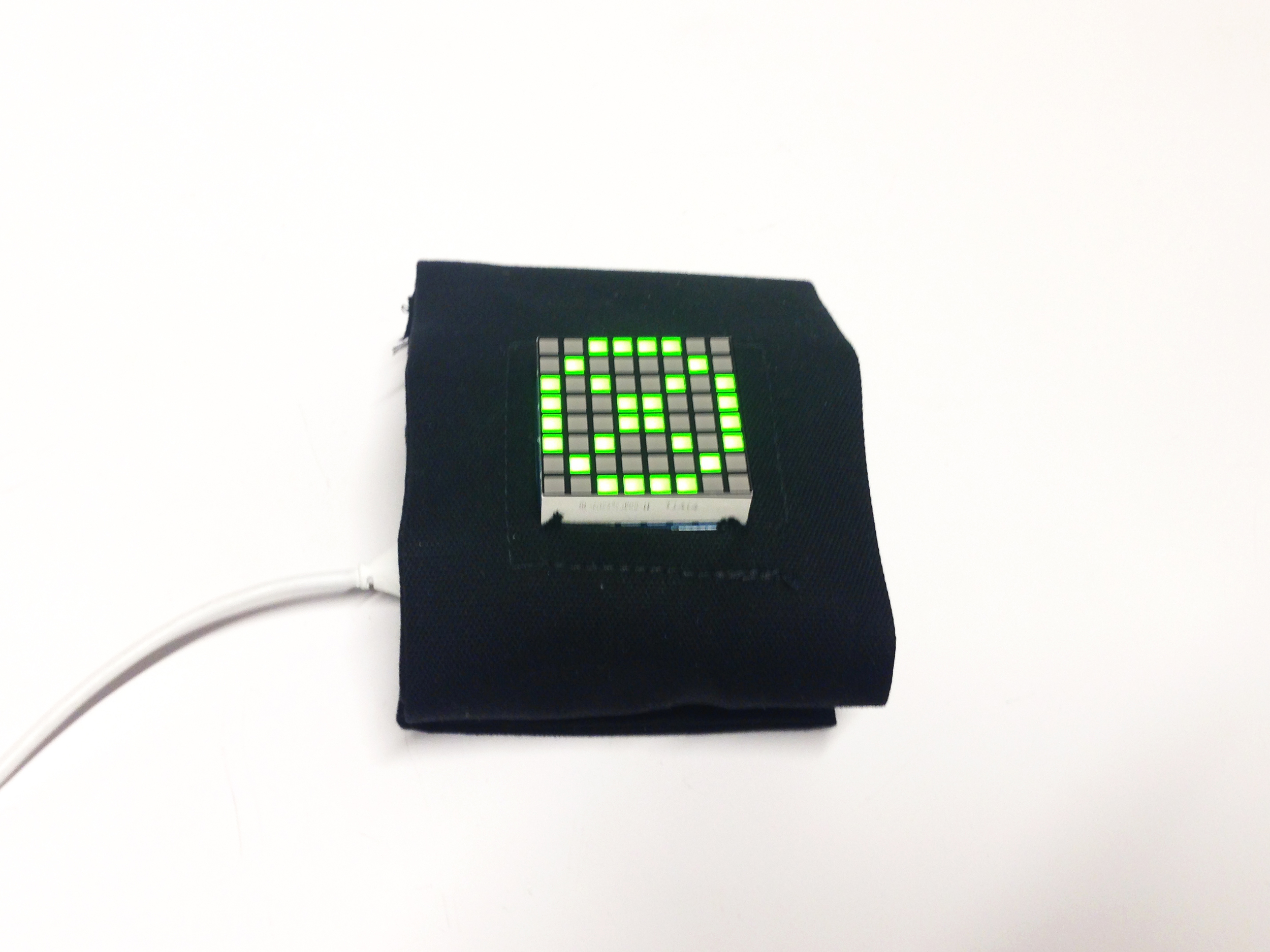

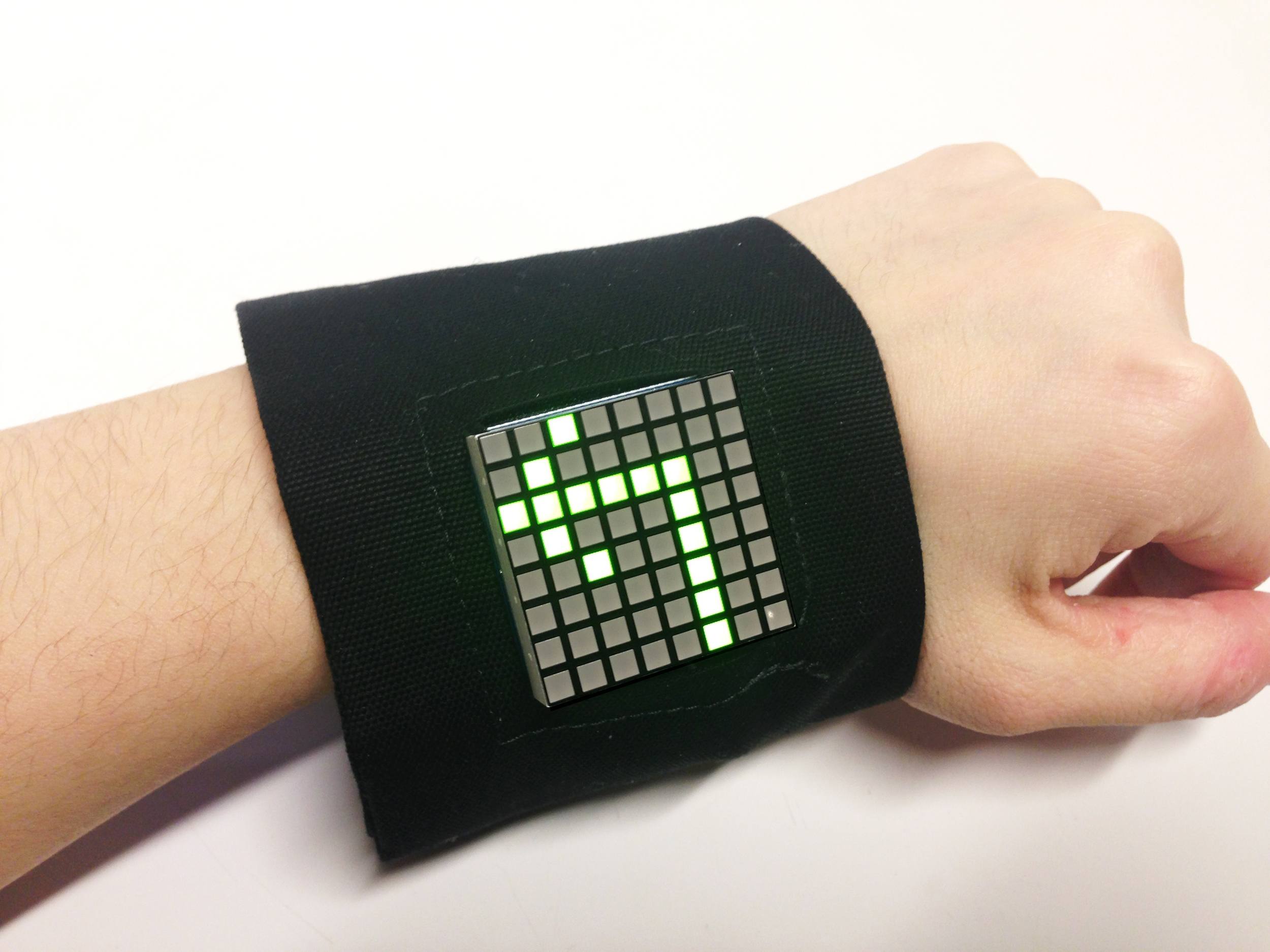

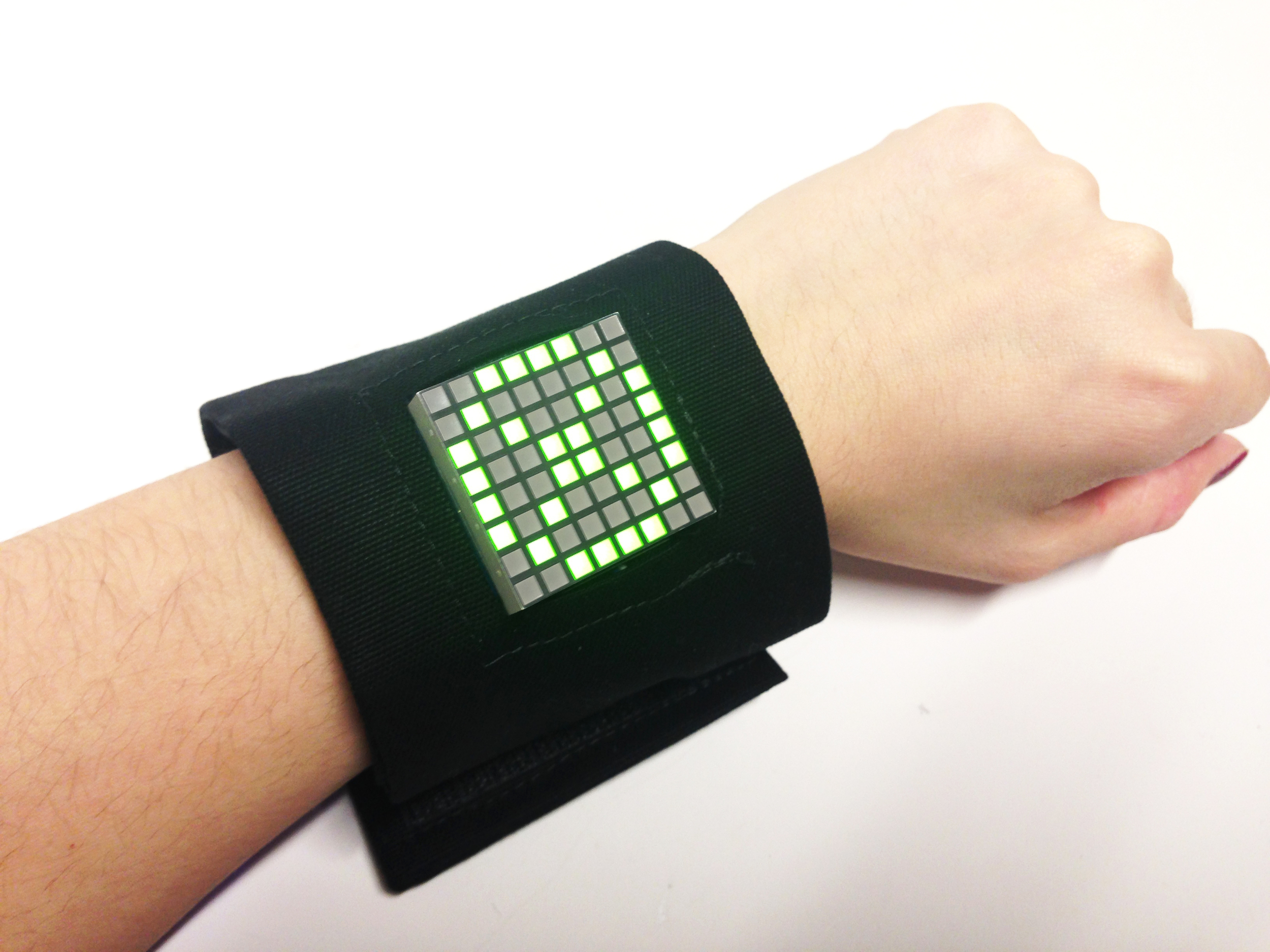
LED Bellybutton Tunic
Topic: A tunic with led that only turns on when it's worn
When designing the led tunic, it attracts me a lot that led can be used to express ourselves. I got this idea that use an led matrix to display smile/sad face on it to let others know our mood. When making the prototype, I used metal snap as the switch of the circuit. So that only complete the circuit when the tunic is worn.
Scratching T-Shirt
Topic: Touch
In the touch topic, we had discussion about out-of-body experience, supernumerary phantom limbs, somatoparaphrenia, peripheral deafferentation...... So I began thinking is there any way to some how reverse our touch. Then I came up with the idea of scratching T-shirt that when user scratches at the front, the same point will scratch at the back.
Then I made my scratch switch out of unconductive fabric in between two pieces of conductive fabric. Because of the hole on the unconductive fabric, the two pieces of conductive fabric only touches when they are scratched. Then I attached a piece of rough fabric to a vibration motor. When it vibrates, it feels like scratched. I made a T-shirt and sew the switches onto it. For the prototype, I only made 6 switches for 6 points on the T-shirt.




